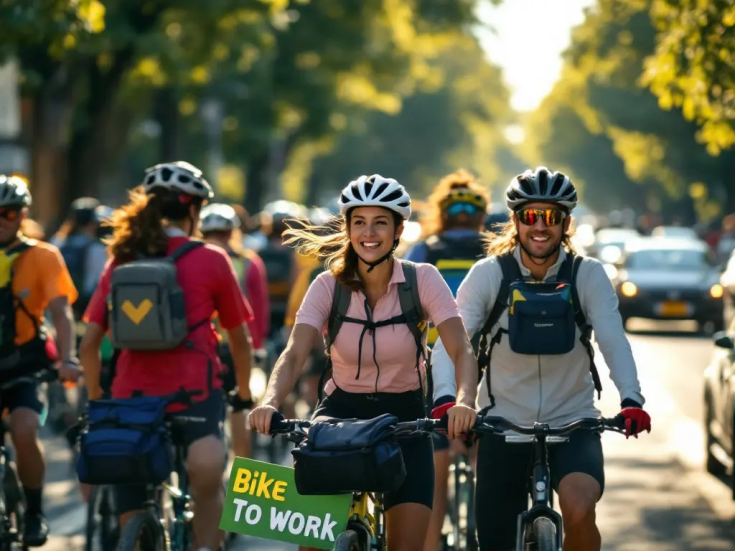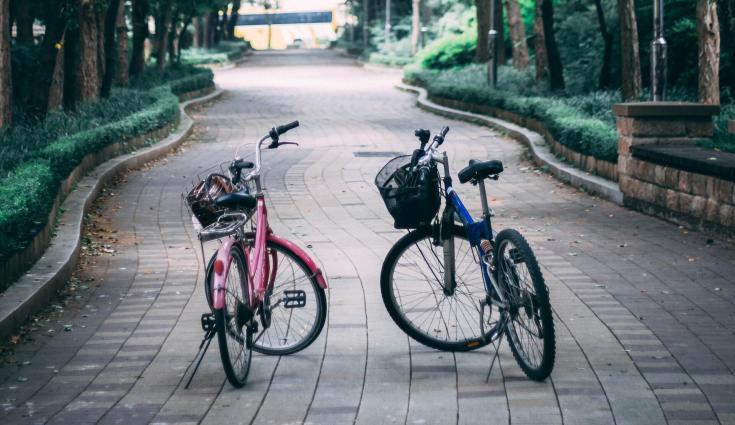Cycling cities
In the spotlight
Cycling cities enhance sustainable transportation, reduce environmental impact, and foster regional connectivity, creating healthier urban environments and improving quality of life. Our experts have hand-picked the most relevant content on the topic for you so you can dive right in and learn how cycling infrastructure can transform mobility, boost local economies, and support green urban development.

Webinar recording: Strategic planning for cycling

Webinar recording: Getting more people to cycle

Behaviour change and participatory processes for sustainable mobility

How to decide the location and design of cycling lanes?
A message from our expert
Are you looking for support on a regional policy challenge related to cycling cities?
Our peer review service can help you.
Discover more about the service.

Most cities struggle with the green mobility transition. Increasing the modal share of cycling is one of the best ways forward in urban environments, and there are dedicated strategies and guidelines that help municipalities to become cycling-friendly. This is one of my favourite topics, and I invite you to discover the rich material we have at hand or to request further expert help.















